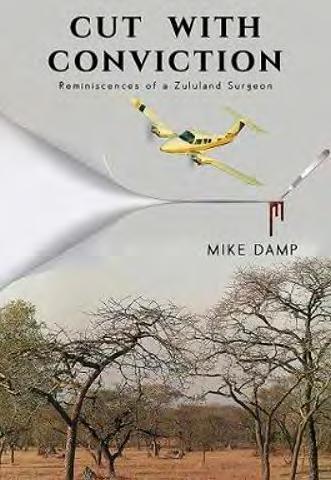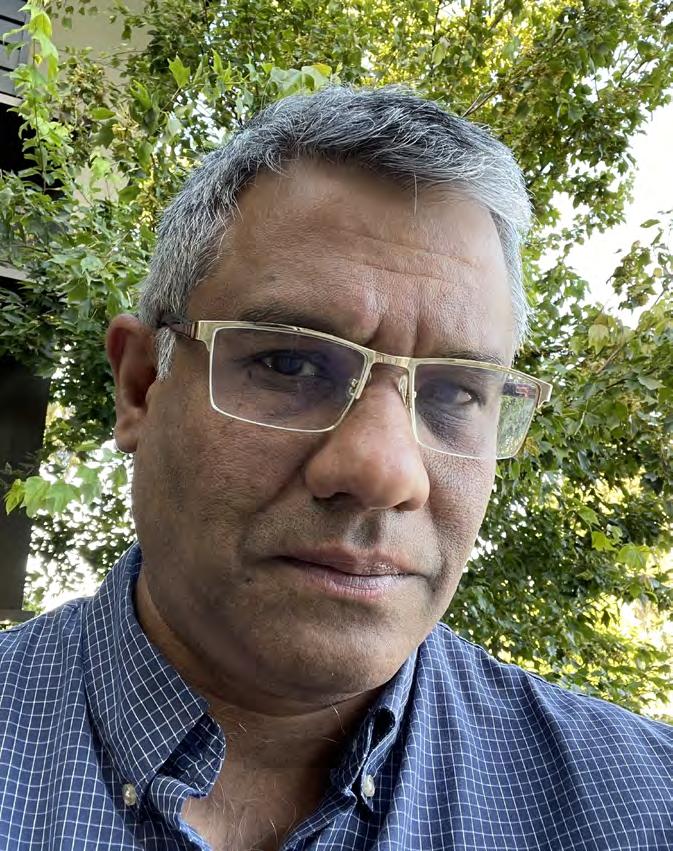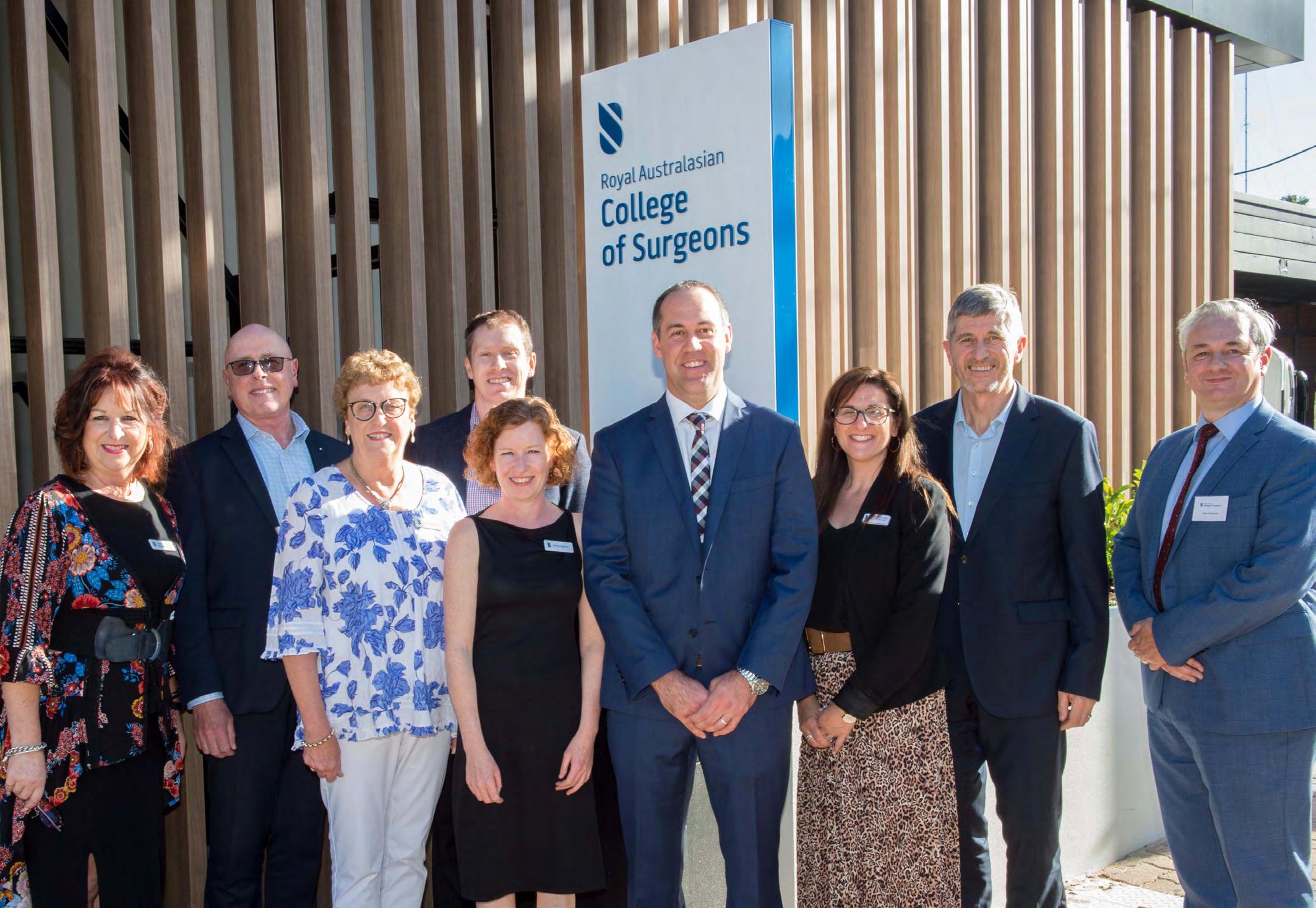Surgical News | Volume 22 | Issue 01
Specialist Training Program supports rural health strategy The Royal Australasian College of Surgeons (RACS) Specialist Training Program (STP) is pleased to announce that the New Fellow Rural Placement Pilot, which had its inaugural year in 2020, has been approved to continue in 2021. In 2020, two General Surgery positions were funded: one at Royal Darwin Hospital and one at Cairns Hospital. Both Fellows have had an excellent experience and given positive testimony through various RACS media channels. Following this success in 2020, the Australian Department of Health approved an extension of the pilot into 2021, with four positions funded. After a short Expression of Interest round, the following four hospitals were successful in securing funding: Rockhampton Base Hospital (General Surgery), Royal Darwin Hospital (General Surgery), Cairns Hospital (Orthopaedics) and Griffith Base Hospital (General Surgery). The STP initiative began in 2010, with the main purpose being to provide funding support for accredited training posts in non-traditional healthcare settings. In addition to funding accredited
training posts, RACS STP funds several educational projects that support the success and sustainability of delivery training to rural and/or Aboriginal and Torres Strait Islander Trainees. The Rural Training Positions Gap Analysis is an STP support project that aims to increase access to surgical care across Australian rural settings. The project is a qualitative study of the barriers to selecting rural placement and practice, strategies to overcome these barriers, and will make recommendations to the Department of Health and RACS based on research findings. Between September and November 2020, RACS interviewed 29 participants, consisting of Trainees and Fellows, about their experience in a rural health service. Reported findings are currently being collated for a final report to the Department of Health. Another STP-funded project is Supporting Clinical Studies in a Rural Remote Area. Undertaking clinical studies in a rural or remote setting can be challenging for surgical Trainees. They are faced with issues such as lack of resources,
mentorship, governance and established structural support, which are more readily available to Trainees in metropolitan areas. The project aims to support surgical Trainees to undertake clinical research in rural and remote areas, as they are best placed to understand the barriers faced in clinical decision-making and implementation within their specific settings. Indigenous Health is a major priority for RACS as part of its Diversity and Inclusion Plan. The Aboriginal and Torres Strait Islander Health and Cultural Safety project team has worked closely with the RACS Indigenous Health Committee members to implement a range of College-wide changes. These include the introduction of a dedicated Cultural Competency, Cultural Safety competency and integration of Indigenous Health and Cultural Safety wording across a range of RACS face-to-face and online courses. The project also introduced Course 1 and 2 in the online learning suite of the new multi-level Aboriginal and Torres Islander Health and Cultural Safety courses. RACS recognises that the strategy to close the gap for Aboriginal and Torres Strait Islander people is a long-term plan. STP has funded the new Indigenous Surgeons Pathway Program for Aboriginal and Torres Strait Islander people interested in a surgical path, which aims to increase the number of Aboriginal and Torres Strait Islander surgeons via staged career guidance, starting as early as high school. If you or someone you know is interested in any of the above projects or opportunities, we encourage you to contact the respective sites or our team. More information about STP and its various initiatives can be found at surgeons.org/en/Education/specialisttraining-program. The Specialist Training Program is funded through the Australian Department of Health.
39




























